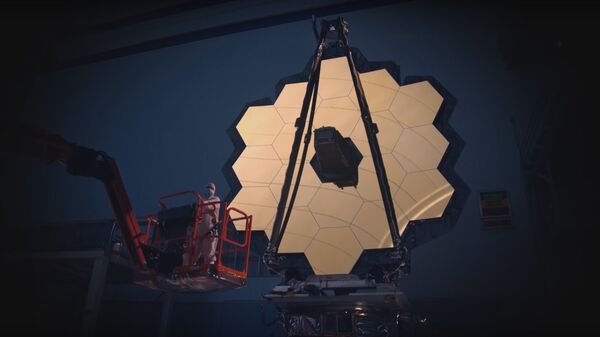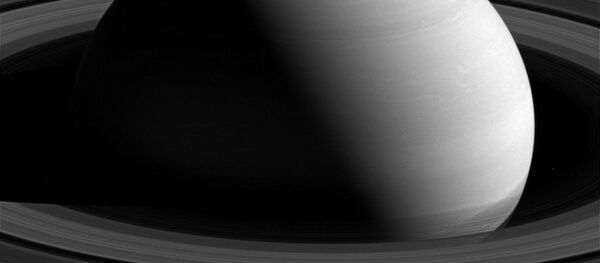"To ensure the telescope's optics will operate at its frigid destination 1 million miles out in space, it must complete tests at cryogenic temperatures in a vacuum," NASA said. To that end, they are transporting the seven-ton satellite more than 1,400 miles from the Goddard Space Flight Center in Maryland to the Johnson Space Center in Houston, which houses a vacuum chamber that simulates conditions in space.
The chamber was famously used for dry runs of the Apollo spacecrafts, to see if they could survive journeying to the moon. "This test is critical in that it will verify the performance of the whole telescope as a system end-to-end at its extremely cold operating temperature," NASA said in a statement.
After the tests at Johnson, James Webb will be moved to California for "final assembly and maintenance." By then, its October 2018 launch will be just around the corner. James Webb's mission is to peel back the veil and observe galaxies too far away to be seen with current instrumentation.
It will also turn its eye to closer galaxies to get a better view of their planetary systems, which are typically difficult to observe because of how relatively small and dim planets are compared to stars.
Take, for instance, the TRAPPIST-1 system, which became a darling of the astronomical community when NASA announced that it was orbited by seven Earth-sized planets, any of which could conceivably host life and three of which were in the star's habitable zone.
The best indicator as to whether the planets are habitable (or even habited) would be the presence of volatiles in their atmospheres, elements like oxygen or methane. However, modern instrumentation hasn't the muscle to look that closely at tiny worlds 40 light years away.
But James Webb could. "If these planets have atmospheres, the James Webb Space Telescope will be the key to unlocking their secrets," Doug Hudgins, a NASA exoplanet program scientist, said previously.
James Webb is a collaboration between NASA, the European Space Agency, the Canadian Space Agency, and the Space Telescope Science Institute (which is run by a consortium of universities). It was conceived as a replacement for the famous-but-aging Hubble Space Telescope, with a primary mirror over seven times as large. It will also be equipped with state-of-the-art infrared cameras and spectrographs, which Hubble only has a limited capacity for.






